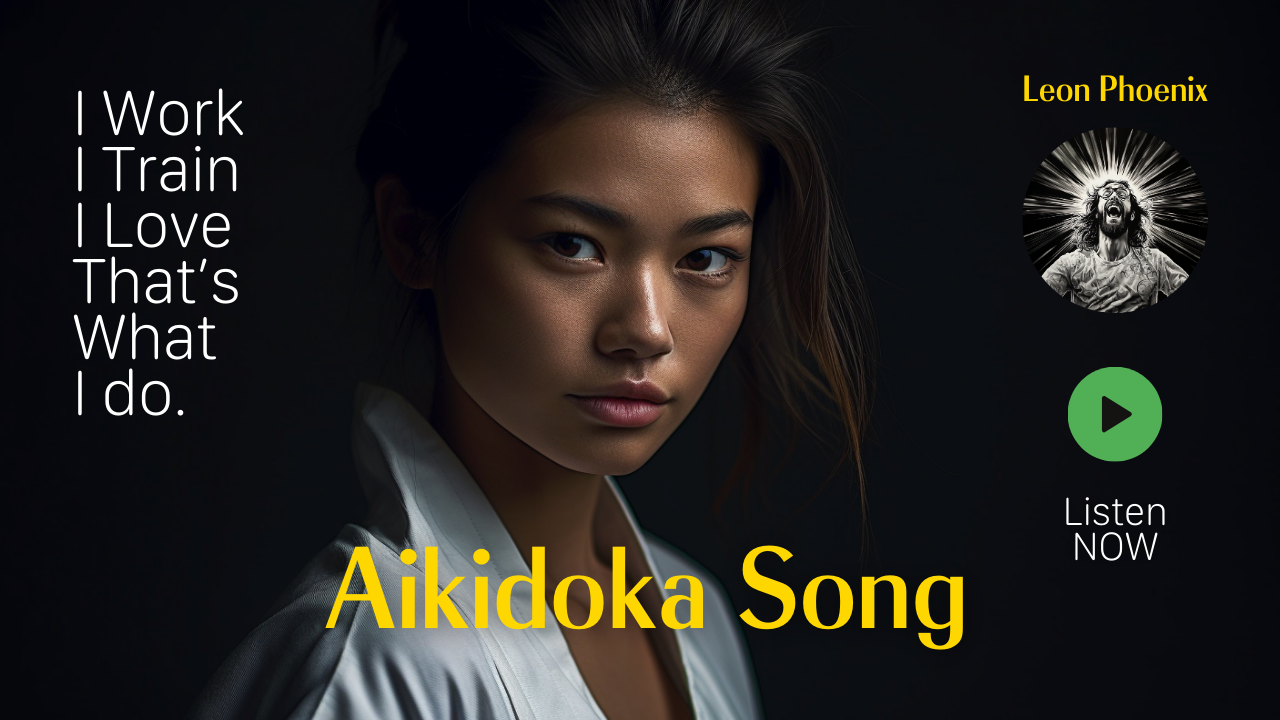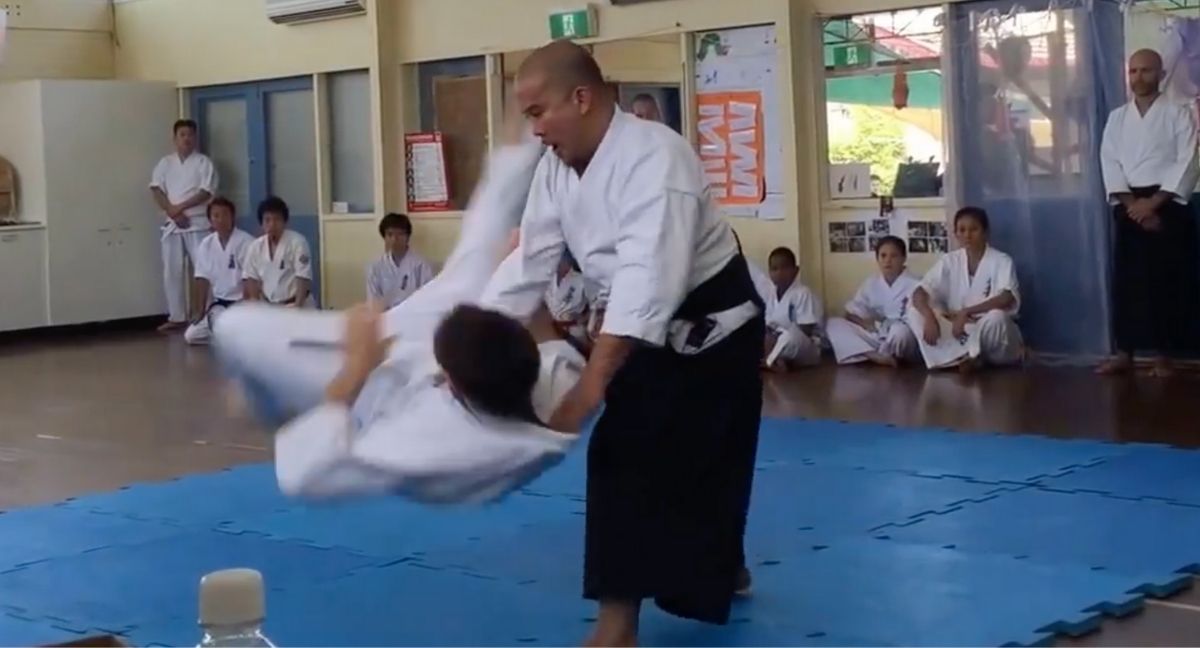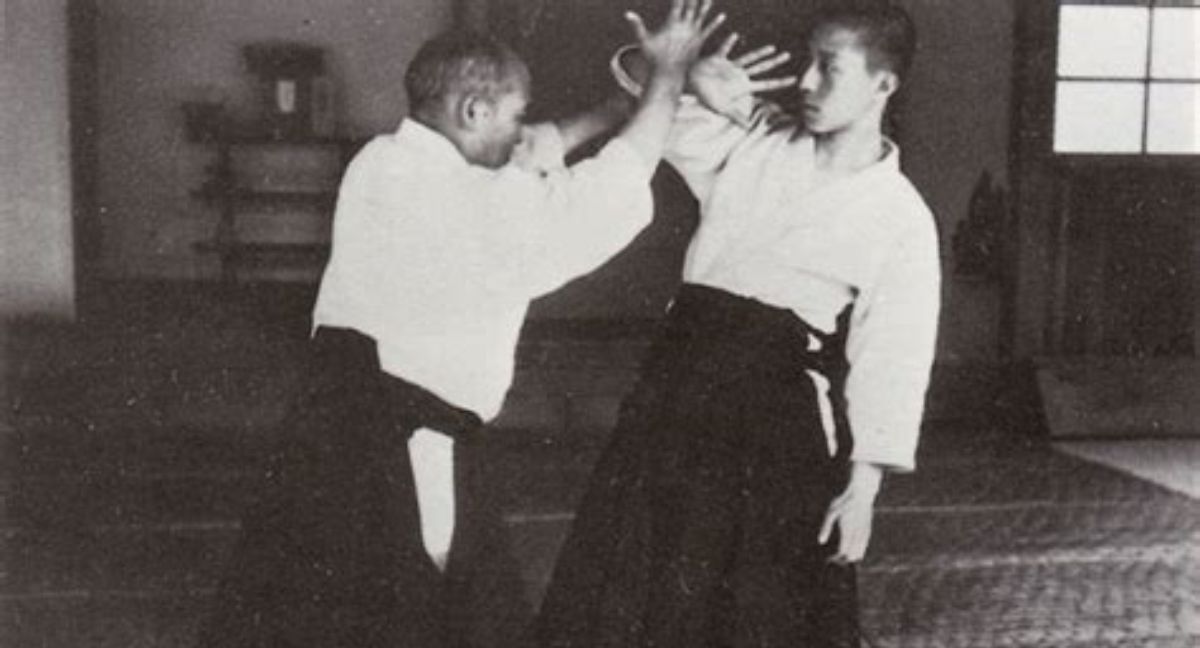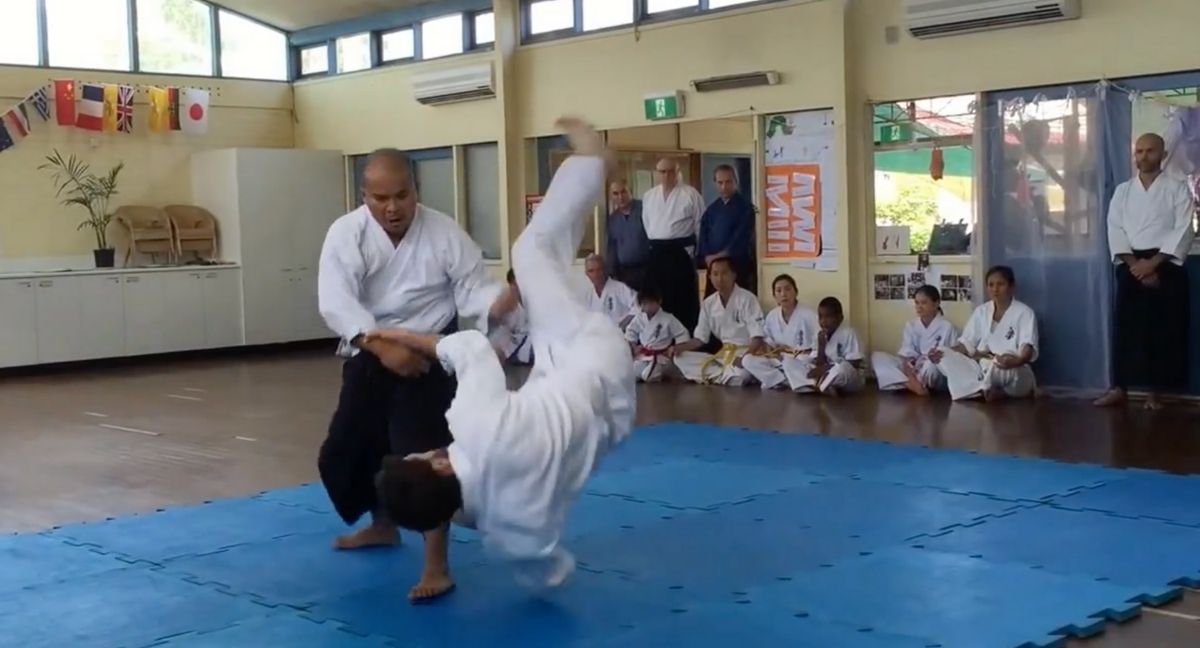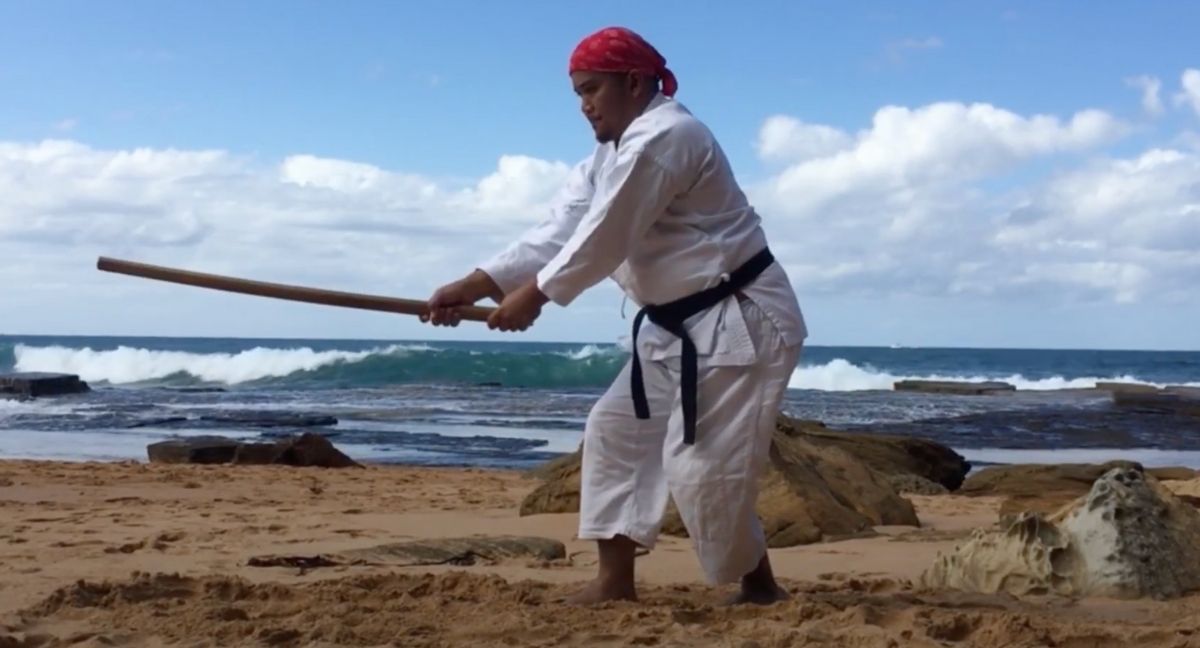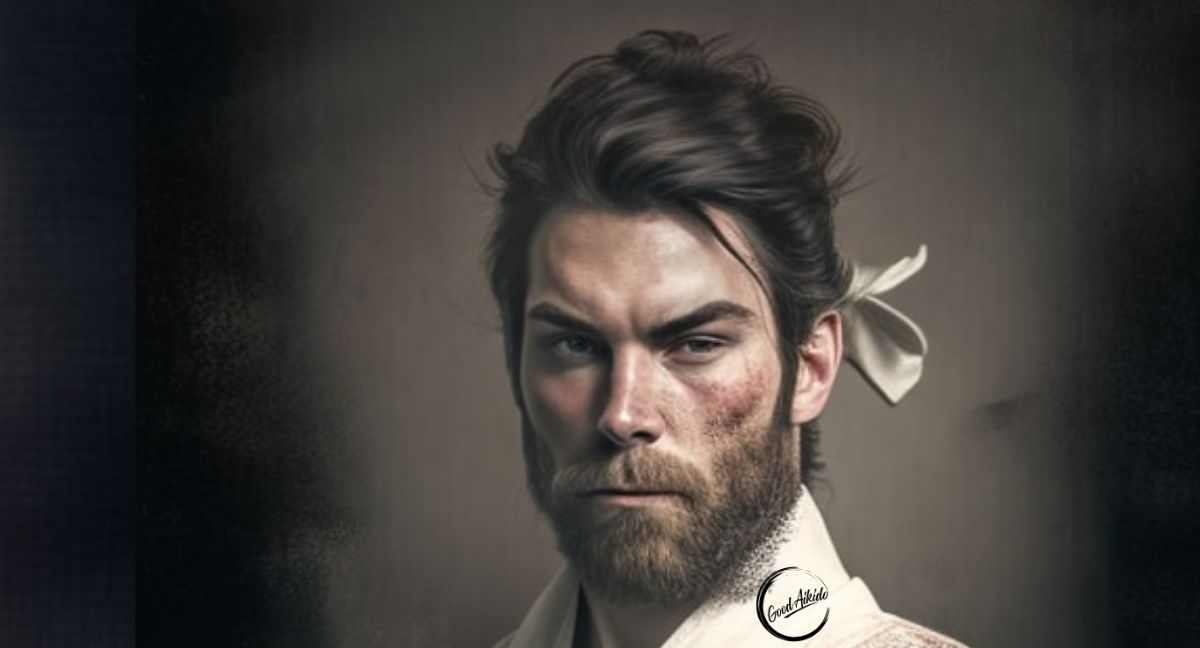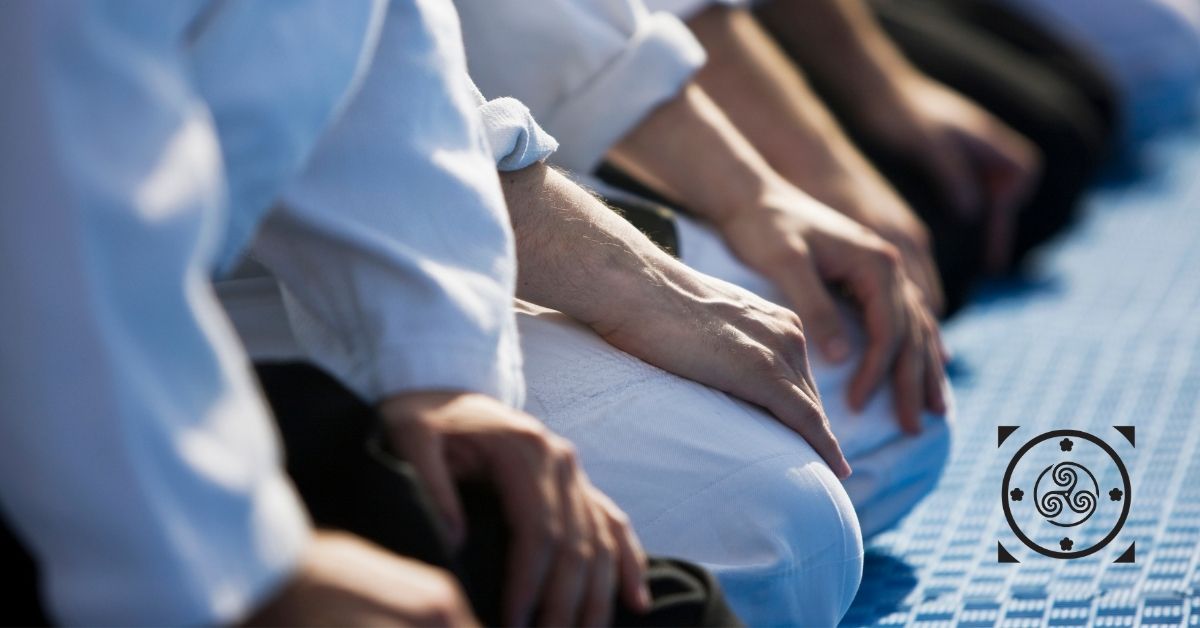What is Aikido?
What is Aikido? Is one of the top two questions I get in our Aikido School here in Sydney. The other question I get a lot is “Is Aikido effective?”.
Aikido (Shinjitai: 合気道, Kyūjitai: 合氣道), is a modern Japanese martial art that has many different flavours and styles, including Iwama Ryu, Iwama Shin Shin Aiki Shuren Kai, Shodokan or ‘Tomiki’ Aikido, Yoshinkan, Aikikai and Ki Aikido among the major schools.
Aikido is a ‘way’ to do Aiki. Aiki is a martial concept of blending or being one with another person, partner, or attacker’s force, energy, momentum, or will (Ki). At the core of Aikido is harmony.
In the simplest of terms, Aiki is about using the other person’s force or momentum to your advantage. In this article, I will use ‘Aiki’ and ‘Aikido’ interchangeably.
Aikido is often translated literally as “the way of unifying (with) life energy” or as “the way of harmonious spirit”. Aikido is about harmony.
What is Aikido? Let’s Break It Down
The word ‘Ai Ki Do’ in Japanese is made up of three characters or kanji (合氣道).
The first and most important is ‘Ai’ (合) which means to meet, to come together, fit, suit; join, ‘to harmonise’, or be one. In Japanese this also means ‘love’ and this is the truer translation of the word, as O Sensei used it.
The second kanji is ki (氣) which means literally steam or vapour but has come to mean in modern Japanese, the mind, the soul, the spirit. Ki can be translated as prana, life force, or for us in the western world ‘The Hold Spirit’. Ki is the energy that gives life. So all living things have Ki. When something dies. The Ki leaves it. If you look at the character itself, it looks like a pot (of rice) being cooked on a fire. In the larger context ‘Ki’ means ‘spirit or force of the Universe’ and not just the spirit of mere human beings.
The third and last character is ‘DO’ which means ‘the way’, as in Ken-Do or Ju-Do, to signify that the study of Aiki does not involve only techniques based purely on self-defence, but includes positive character development ideals which people can incorporate into their daily lives. The word ‘Do’ is a version of the word ‘Tau’, which is a philosophic pathway to do things. To me ‘Do’ means literally, it is a way to do things.
Thus, in a physical training sense, Aikido means ‘the Way of Harmonising the Body and Universal Spirit’ but in a deeper sense, it also means loving the world and all who live in it. Yes, it sounds hippie-ish, but it’s not. I believe it’s universal for humans to love their world.
It is Aikido NOT Akido
It’s very common to call Aikido ‘Akido’. I hear this from people that are new to Aikido or have never heard of it. Maybe I say ike it like ‘Akido’. Maybe it does sound like Akido. My daughter pointed out that it sounds like Akido. This mistake is so common that I see the Akido spelling on our forms, enquiry, and even our calls. Let me be clear, it is Ai Ki Do, NOT Akido. Akido is not even a word. Akido is a mistake. So avoid calling it Akido. It is Aikido.
Where Did Aiki Come From and Where Is it Active?
Aiki is active in around 140+ countries. It was originally developed by Morihei Ueshiba O Sensei, (a highly talented martial arts master that grew up during the Japanese Meiji Era). Aikido is a fusion (mixed martial arts) of Aiki Jujutsu, the Samurai Arts (Bujutsu), and Spirituality. Back then there was no distinction between personal development and spirituality. So one can extrapolate and say that, O Sensei also fused personal development into Aiki.
According to Osensei’s philosophy, the primary goal in the practice of Aiki is to overcome oneself (personal development) instead of cultivating violence or aggressiveness. Yes, an Aikidoka needs to work on himself or herself rather than compete to truly excel in Aiki.
Ueshiba’s goal was to create an art that practitioners could use to defend themselves while also protecting their attackers from injury. This point is crucial and what makes Aiki truly unique. This idea is the ultimate act of harmony – protect yourself and your enemy. No need to destroy, injure, or kill. Most martial artists will not get this concept, because they are fighters. Most Aikidoka(s) I know are pacifists. They go about in their daily lives avoiding trouble, yet they do Aiki so they have a good chance of defending themselves if unfortunate violence or aggression ensuites.
This explains why Aiki (or the Aikidoka) is not commonly seen in MMA, UFC, fights, bouts, and the ring. We love martial arts or budo, but we don’t like fighting.
After WWII, Osensei retired in Iwama (a small country town 100 km north of Tokyo) because he was so aghast with the violence he witnessed during the war. During his ‘retirement,’ he transformed the older, more violent, and deadly Aikijujutsu, into Aikido. In Iwama, Aikido was found and invented.
According to Osensei’s philosophy, the primary goal in the practice of Aiki is to overcome oneself instead of cultivating violence or aggressiveness.
Morihei Ueshiba used the phrase “masakatsu agatsu katsuhayabi” (Japanese: 正勝吾勝勝速日) (“true victory, final victory over oneself, here and now”) to refer to this principle.
Subscribe To My Newsletter
BE NOTIFIED ABOUT BOOK SIGNING TOUR DATES
Donec fringilla nunc eu turpis dignissim, at euismod sapien tincidunt.

